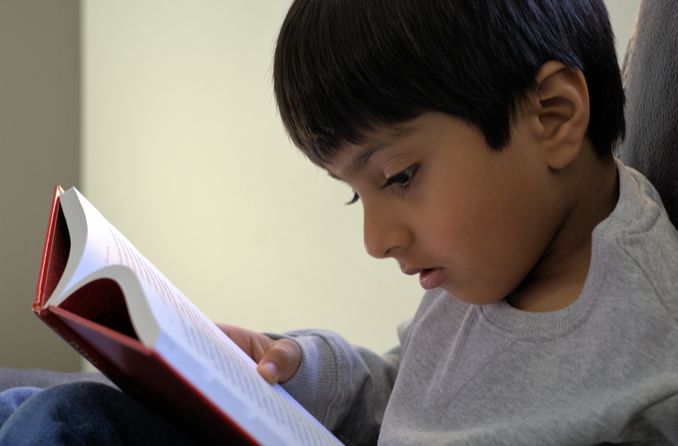Is nearsightedness more common than farsightedness?

Shortsightedness is the most common distance refractive error among children and young adults. It occurs in 30 to 40 percent of adults in the U.S. and Europe and in up to 80 to 90 percent of the Asian young adult population. The medical term for shortsightedness is myopia.
The prevalence of myopia has been increasing rapidly in recent decades. Researchers predict that by the year 2050, about half of the world's population will have myopia.
People who are nearsighted see close objects more clearly than they see distant objects. This is because when light enters their eyes, it comes to a focal point in front of the retina instead of directly on it.
The exact cause of the global increase in shortsightedness is unknown, but genetics clearly play a role. Studies have identified almost 200 genetic factors for refractive error and myopia. When one or both parents have myopia, there is a higher chance that their children also will be myopic.
Another theory is that today's children don't get enough sunlight. The sun stimulates a neurotransmitter called dopamine that controls the elongation of the eyes. Eyes growing too long from front to back is a predominant cause of shortsightedness.
The chances of developing myopia also appears to be influenced by how a person uses their eyes. For example, children who spend long periods of time doing close-up visual work may be more likely to develop shortsightedness.
Early diagnosis and management of shortsightedness is critical. Myopia usually starts in childhood and can worsen year after year until early adulthood. This can lead to high myopia, which may result in other serious eye conditions and even blindness.
READ MORE about when to have eye exams.
Pediatric eye exams are key in detecting myopia and other vision development issues early. Children should have their first eye exam at 6 months of age. They should have another exam around age 3, and another when they start school.
Schedule a comprehensive eye exam at the beginning of each school year with an optician near you. Regular exams will help ensure your child is seeing as clearly and comfortably as possible.
Amber Mcmanes also contributed to this article.
Global prevalence of myopia and high myopia and temporal trends from 2000 through 2050. Ophthalmology. February 2016.
Epidemiology of myopia. Asia-Pacific Journal of Ophthalmology. December 2016.
IMI – Myopia genetics report. Investigative Ophthalmology & Visual Science. February 2019.
Evidence-based clinical practice guideline: Comprehensive pediatric eye and vision examination. American Optometric Association. February 2017.
Page published on Friday, 28 June 2019
Page updated on Thursday, 15 June 2023
Medically reviewed on Tuesday, 8 February 2022






